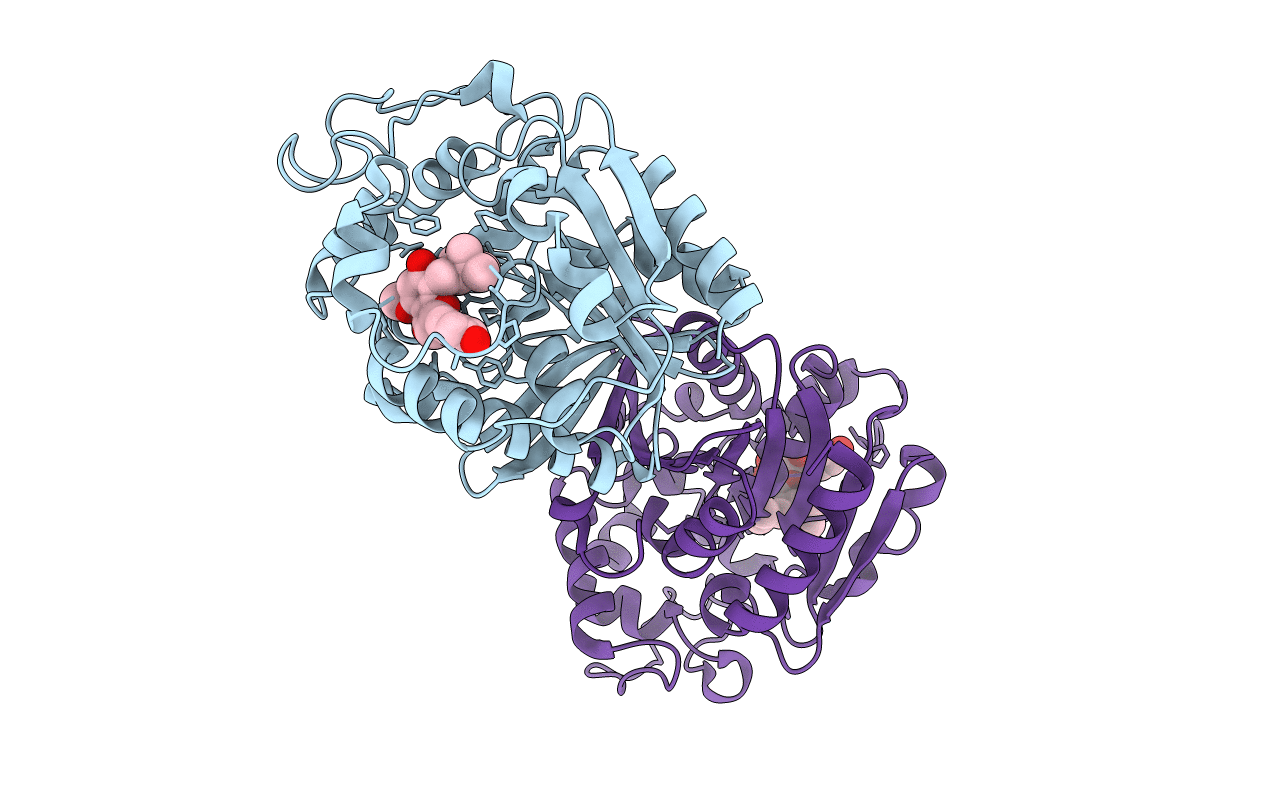
Deposition Date
2021-03-09
Release Date
2022-03-09
Last Version Date
2023-11-29
Method Details:
Experimental Method:
Resolution:
2.30 Å
R-Value Free:
0.22
R-Value Work:
0.17
R-Value Observed:
0.18
Space Group:
C 1 2 1


